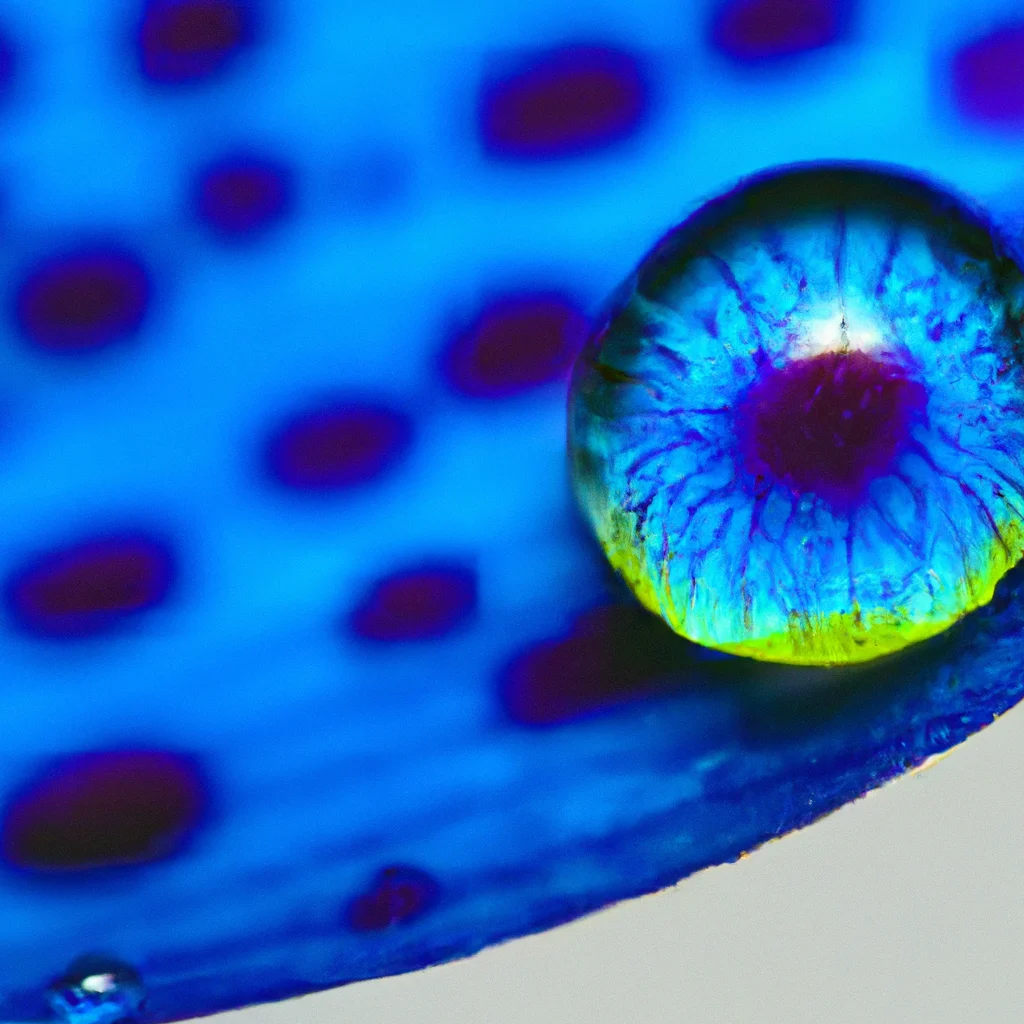Macro photography is a captivating field that allows us to observe the intricate details of the world around us. With the right techniques and tools, anyone can achieve stunning macro images from the comfort of their home. In this comprehensive guide, we will explore a variety of hacks and methods to elevate your macro photography game.
Understanding Macro Photography
Macro photography focuses on capturing small subjects in great detail. Typically, it involves photographing objects at a ratio of 1:1 or greater, which means that the subject appears life-sized or larger in the final image. This genre of photography reveals textures, patterns, and colors that are often overlooked.
Essential Equipment for Macro Photography
Camera Options
While professional DSLRs and mirrorless cameras are commonly used for macro photography, many compact cameras and smartphones can also perform admirably when equipped with the right accessories. The key is to have a camera that allows for manual control over settings such as aperture, shutter speed, and ISO.
Macro Lenses
A dedicated macro lens is an optimal choice for achieving the best results. These lenses are specifically designed to focus at close distances, allowing you to get closer to your subject without losing sharpness. Popular choices include 60mm, 100mm, and 180mm macro lenses, each offering unique perspectives.
Extension Tubes
If acquiring a macro lens is not feasible, extension tubes are a cost-effective alternative. These tubes fit between your camera body and lens, allowing for closer focusing distances. While they may reduce the amount of light entering the camera, they can significantly enhance your macro capabilities.
Close-Up Filters
Close-up filters, also known as diopters, are another economical way to achieve macro results. These filters screw onto the front of your lens and allow for closer focusing. While they do not provide the same level of quality as dedicated macro lenses, they are a viable option for beginners.
Lighting Techniques for Macro Photography
Natural Light
Utilizing natural light is a common practice in macro photography. Soft, diffused light, such as that found during overcast days, is ideal for minimizing harsh shadows and highlights. Positioning your subject near a window can also provide excellent lighting conditions.
Artificial Lighting
In cases where natural light is insufficient, artificial lighting can be employed. Using a speedlight or a continuous light source with diffusers can help achieve the desired exposure without creating harsh contrasts. Consider using reflectors to bounce light onto your subject for even illumination.
Ring Lights
Ring lights are designed specifically for macro photography and provide even, shadow-free lighting. They can be mounted on the front of your lens, allowing for close focusing while maintaining consistent lighting. This can be particularly useful for detailed shots of small subjects.
Composition Techniques
Finding Interesting Subjects
Macro photography opens a world of possibilities. Common subjects include flowers, insects, and everyday objects. Look for textures and patterns that may not be visible to the naked eye. Experimenting with different angles can reveal unique perspectives on familiar subjects.
Using the Rule of Thirds
The rule of thirds is a fundamental principle in photography. By dividing your frame into thirds, both horizontally and vertically, you can position your subject at the intersection points, creating a more balanced and engaging composition.
Depth of Field Considerations
In macro photography, depth of field can be extremely shallow. To emphasize your subject and draw attention away from distracting backgrounds, utilize a wide aperture (low f-number). However, be mindful that a very shallow depth of field may result in parts of your subject being out of focus.
Post-Processing Tips
Editing Software
Post-processing is an integral part of modern photography. Software like Adobe Lightroom and Photoshop can enhance your macro images significantly. Use these tools to adjust exposure, contrast, and sharpness to bring out the details in your images.
Sharpening Techniques
Macro images often require careful sharpening to highlight intricate details. Be cautious with sharpening tools; over-sharpening can introduce unwanted artifacts. Use selective sharpening to emphasize only the essential parts of your image.
Common Challenges in Macro Photography
Stability Issues
When photographing at close distances, even the slightest movement can result in blurriness. Using a tripod or a stable surface can help mitigate these issues. Additionally, utilizing a remote shutter release can prevent camera shake during exposure.
Lighting Challenges
Working in low-light conditions can be particularly challenging. High ISO settings can introduce noise, while slow shutter speeds can lead to motion blur. Balancing these factors is crucial for achieving clear, well-exposed macro images.
Incorporating Creative Elements
Background Selection
The background plays a vital role in macro photography. A cluttered or distracting background can detract from your subject. Consider using solid colors or blurred backgrounds to enhance the visual appeal of your images.
Using Props
Adding props can create a story or context within your macro images. Items such as textured fabrics, colored papers, or natural elements can enhance your composition and provide interesting contrasts.
Conclusion
With the right knowledge and tools, macro photography can be an incredibly rewarding pursuit. By understanding your equipment, utilizing effective lighting, mastering composition techniques, and knowing how to edit your images, you can create stunning macro photographs that highlight the beauty of the small world around us. For further resources and inspiration, visit Nivax Lifestyle.


